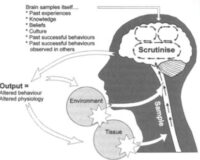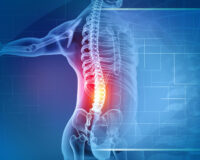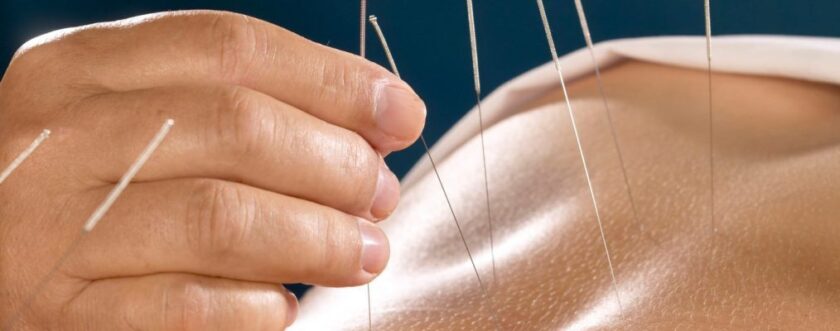
What Is Dry Needling & What Does It Do?
We utilise dry needling as a treatment technique in our Adelaide physio clinic as it can be a helpful treatment technique for headaches, lower back pain, postural muscle tension, rolled ankles, fibromyalgia, neck tension, tennis elbow, recovering from surgery or in some cases broken bones !
How is it that dry needling can have so many applications for so many conditions? Let’s discuss!
To Begin – What is Dry Needling?
Dry needling is a treatment technique using very fine, polished needles to penetrate the skin and target tissues below. Unlike syringes (“wet” needles), the needles used in dry needling are solid (not hollow) and therefore no fluid is injected in the skin. Researchers are still discovering how the needles impact the tissues they penetrate, however it is suggested that these effects are both central – related to the nervous system, and peripheral – related to muscles, skin, joints, nerves in the arms/legs etc.
What does this mean in terms of treatment?
It means that dry needling has a vast number of applications!
The needles can target particular tissue in the periphery, for example: muscle, fascia, scar tissue, skin, fat, cartilage or periosteum (top layer of bone). The same needles can also be used to stimulate a central neural or vascular response affecting nerve messages to (muscle contraction) or from (sensations e.g. pain) and blood flow to the tissue.
Sure, dry needling can affect many tissue types in different ways but why is this effect desirable in the physio setting and in recovery from an injury?
There are many MANY reasons why we as physios in Adelaide love to use dry needling so we will cover just a few of the common applications of dry needling and the techniques utilised in this application:
1. Trigger-point release
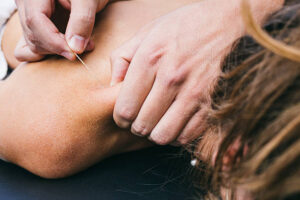
What is a trigger point?
Trigger points are ‘knots’ or taut bands of muscle fibre fascia. Each of your muscle’s fibres (and discrete bundles of muscle fibres) are divided by connective tissue called fascia, which if thickened can become painful either at rest or when pressed on.
Example injury
The neck and shoulders of an office worker – holding a sustained posture without regularly moving and engaging or releasing the muscles of this posture often leads to the development of trigger points.
Many people who exercise or go to the gym, as well as people with active occupations i.e. tradies, also experience these ‘knots’ if they have overworked a muscle or have not allowed sufficient time for the muscle to heal before working it again.
Target tissue
Muscle and fascia – specifically the trigger points themselves.
Dry needling technique used
- Advancement. Needle penetrating ~5mm deeper than the identified trigger-point and left undisturbed for an extended period of time (usually about 10 minutes).
- Locking. From advancement, the fascia can be bound to the needle by twisting the needle. The needle and fascia is then left for a period of time (usually >10minutes) to naturally ‘unbind’ and release.
- Scooping. The advanced, locked needle is lifted and manipulated in a ‘scooping’ action to assist with the release of the target fascia/trigger-point.
- Pistoning. Repetitively advancing and withdrawing the needle 5mm above and below the target fascia/muscle/trigger point to elicit a ‘twitch response’ in the muscle. Once a twitch response has been elicited – which can release the trigger-point, the needle can be removed.
Expected outcome
Release of trigger-point.
2. Inflammatory Response – Kick Start the Healing Process
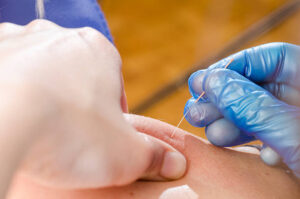
Example Injury
Tissues in disrepair, i.e. damaged but no longer in a physiological ‘healing’ phase.
- Tennis Elbow
- Rotator Cuff tears.
- Knee osteoarthritis
- Chronic ankle sprains
Target tissue
- Tendons and muscle/tendon junction
- Periosteum (top layer of bone)
- Ligaments
Dry needling technique used
- Placement. The needle is ‘placed’ in the near vicinity of the target tissue or lightly entering the target tissue. The needle is then left undisturbed for approx. 10 minutes.
- Advancement (see above).
- Periosteal pecking. Similar to pistoning, the needle is repetitively advanced and withdrawn from the periosteum, not to stimulate a twitch response in this case, but to stimulate a healing response. Commonly used to treat knee arthritis or premature degeneration of the knee joint e.g. footballers.
Expected outcome
Mild inflammatory response at the target tissue to kick-start the ‘healing cascade’.
3. Pain Modulation (Reducing Pain With Dry Needling)

Example Injury
Chronic pain e.g. lower back, arthritis (knee, back, hip etc)
Acute pain e.g. headaches, wry neck.
Target tissue
Any tissue e.g. skin, muscle, fascia, fat, with a nerve supply that is associated with the target nerve root.
- Hamstring or lower back muscles for chronic sciatica symptoms.
- Quadriceps for chronic knee osteoarthritis pain.
Dry needling technique used
- Placement: As above
- Advancement: As above
- Pistoning: As above
- Elecro Dry Needling: A mild electrical impulse is passed through the needles following Placement or Advancement.
Expected outcome
A reduction in the persistent pain experience.
4. Muscle Twitch (“waking up” an under-utilised muscle)
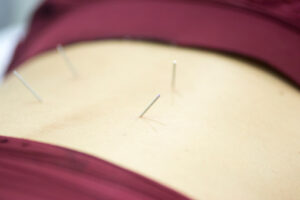
Example Injury
Knee surgery – inactive VMO (inner knee muscles)
Frozen Shoulder – inactive rotator cuff fibres in the “thawing phase”.
Target tissue
‘Quiet’ muscles. Often present after serious injury, surgery or extended immobilisation.
Dry needling technique used
- Advancement: As above
- Pistoning: As above
Expected outcome
An immediate improvement in the recruitment of the target muscle fibres i.e. a ‘waking up’ of the target muscle.
Summary
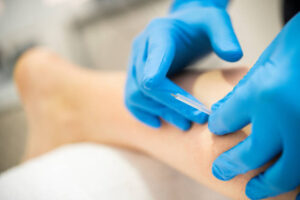
This list is far from exhaustive, however; can you now see that there is a lot of careful consideration that goes into how physios perform dry needling?
Although an effective stand-alone treatment, dry needling can be even more effective when utilised in conjunction with other treatment techniques and modalities as well as supported by an in-depth, personalised home exercise program to support recovery.
If you are interested in dry needling and would like to consult one of our physios feel free to give us a call anytime on 8221 5011 or send us an email at info@therapia.com.au.
You can book in for an appointment with one of our amazing practitioners through the link below.
Book Appointment
Disclaimer
None of the information in this article is a replacement for proper medical advice. Always consult with a medical professional for advice regarding your individual injury.

